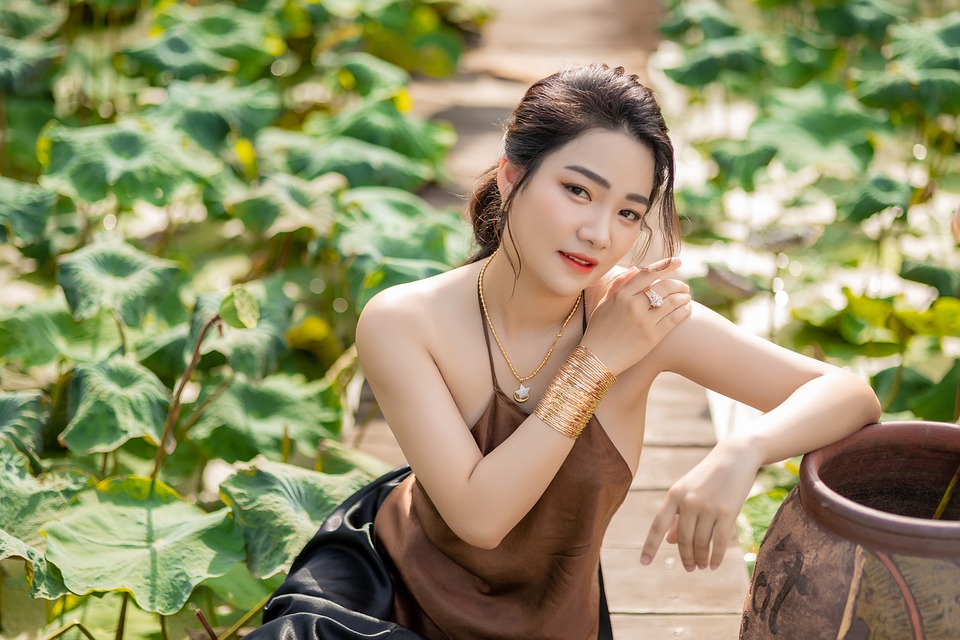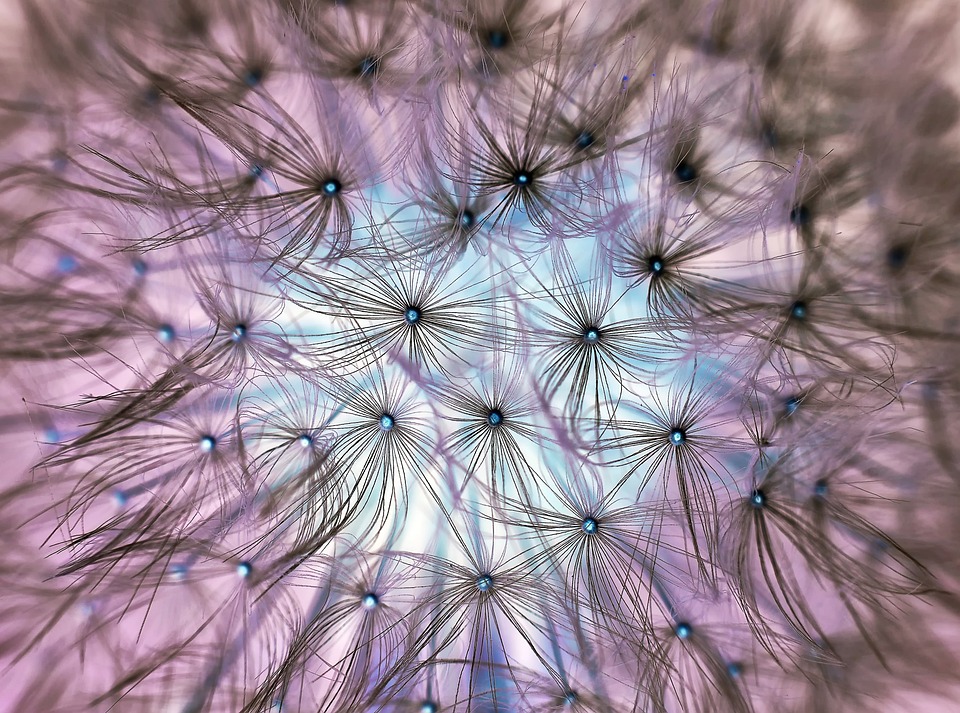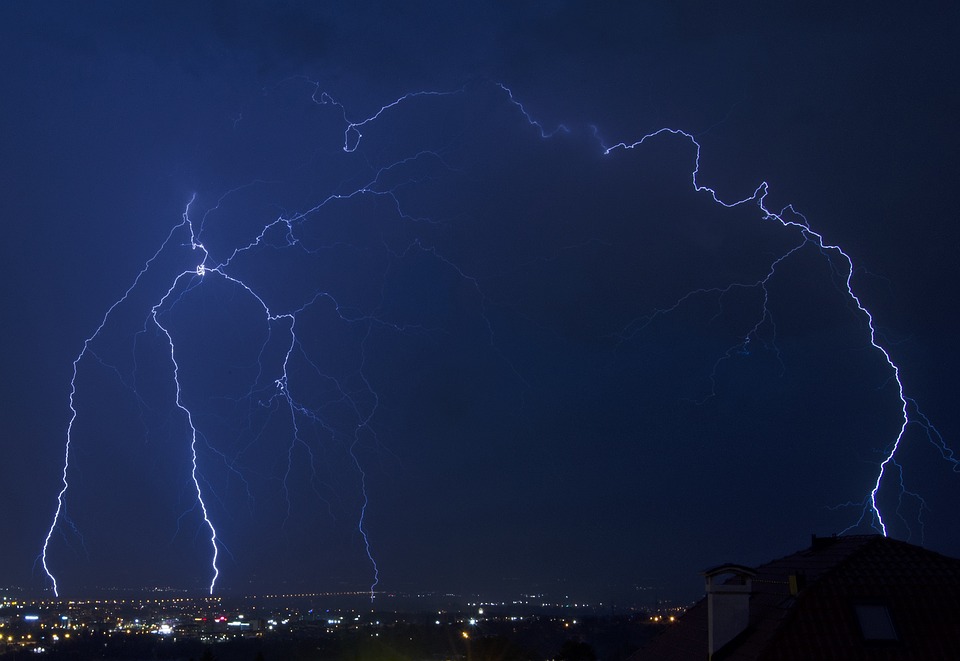The Beauty of Light Interference: How Droplets Can Create Breathtaking Visual Displays
Have you ever stopped to admire the mesmerizing patterns that appear when sunlight passes through a spider’s web or the intricate designs that form when oil droplets float on water? These stunning visual displays are not just the result of chance, but rather a fascinating phenomenon known as light interference.
Light interference occurs when two or more waves of light overlap, causing the resulting pattern to change in brightness, color, and texture. This occurs naturally in the world around us, from the colors of a butterfly’s wings to the swirling shapes of clouds. In this article, we’ll explore the beauty of light interference and how tiny droplets can create breathtaking visual displays.
How Droplets Create Light Interference Patterns
When a droplet of oil, water, or any other transparent liquid floats on the surface of another liquid, it acts as a mini-lens. The droplet refracts, or bends, the light that passes through it, creating a miniature rainbow-like effect. This is because different wavelengths of light (i.e., different colors) are refracted at slightly different angles, resulting in the separation of white light into its individual colors.
As light passes through the droplet, it interferes with itself, creating an array of colors and patterns. The distance between the droplets, the size and shape of the droplets, and the angle of incidence all play a role in determining the resulting pattern. When the conditions are just right, the light interference creates stunning displays of color and texture, often with a mesmerizing, otherworldly quality.
Examples of Light Interference in Nature
- Oil Droplets on Water: When oil droplets float on water, they create intricate patterns of light and color, often resembling a miniature rainbow or a swirling vortex.
- Fogbows: Fogbows are similar to rainbows, but appear when sunlight passes through fog droplets in the air. They can take on a variety of shapes and colors, depending on the conditions.
- Butterfly Wings: The colors on a butterfly’s wings are not just pigment, but also the result of light interference. Tiny scales on the wings refract and scatter light, creating the stunning colors and patterns that we see.
- Cloud Formations: Certain types of clouds, such as cirrostratus clouds, can create breathtaking displays of light interference. When sunlight passes through these clouds, it creates a range of colors and textures, often resembling a celestial display.
Creating Your Own Light Interference Patterns
You don’t have to be a scientist or a photographer to appreciate the beauty of light interference. With a few simple materials, you can create your own stunning visual displays at home.
- Oil and Water: Mix a small amount of oil with water in a glass or plastic container. Use a dropper to create small droplets on the surface of the water. Observe how the light passing through the droplets creates a range of colors and patterns.
- Homemade Fogbow: Create a homemade fogbow by misting a window or a piece of glass with water and shining a flashlight through it. Move the flashlight around to create different patterns and colors.
- DIY Prism: Use a CD or a piece of transparent plastic to create a homemade prism. Angle the CD or plastic to refract the light and create a range of colors.
FAQs
Q: What is light interference?
A: Light interference is the phenomenon where two or more waves of light overlap, causing the resulting pattern to change in brightness, color, and texture.
Q: Why do droplets create light interference patterns?
A: Droplets act as mini-lenses, refracting and bending light as it passes through them. This creates an array of colors and patterns as the light interferes with itself.
Q: Can I create my own light interference patterns at home?
A: Yes! With a few simple materials, such as oil, water, and a dropper, you can create stunning visual displays at home.
Q: Why do some light interference patterns appear more vibrant or colorful than others?
A: The color and vibrancy of light interference patterns depend on the size and shape of the droplets, the distance between the droplets, and the angle of incidence. When the conditions are just right, the light interference can create breathtaking displays of color and texture.
Image:
[Insert image of oil droplets on water, with a range of colors and patterns]
Caption: "A stunning display of light interference, created by oil droplets floating on the surface of water. The colors and patterns change as the light passes through the droplets, creating a mesmerizing visual effect."


